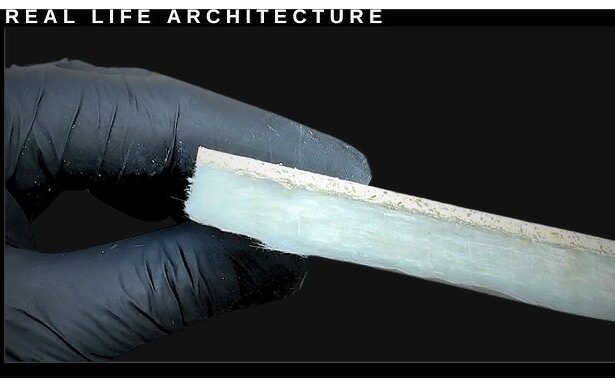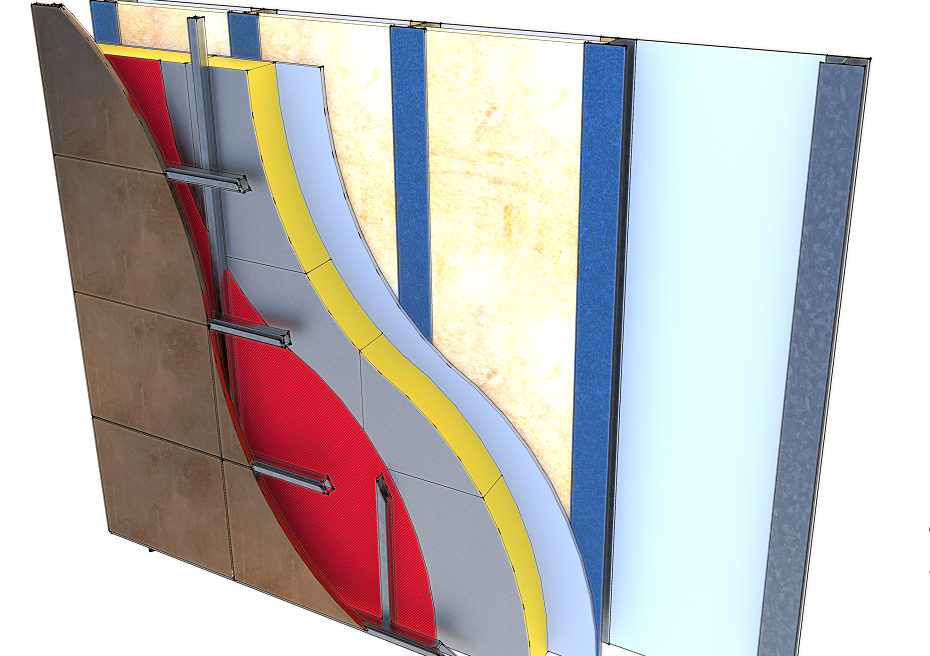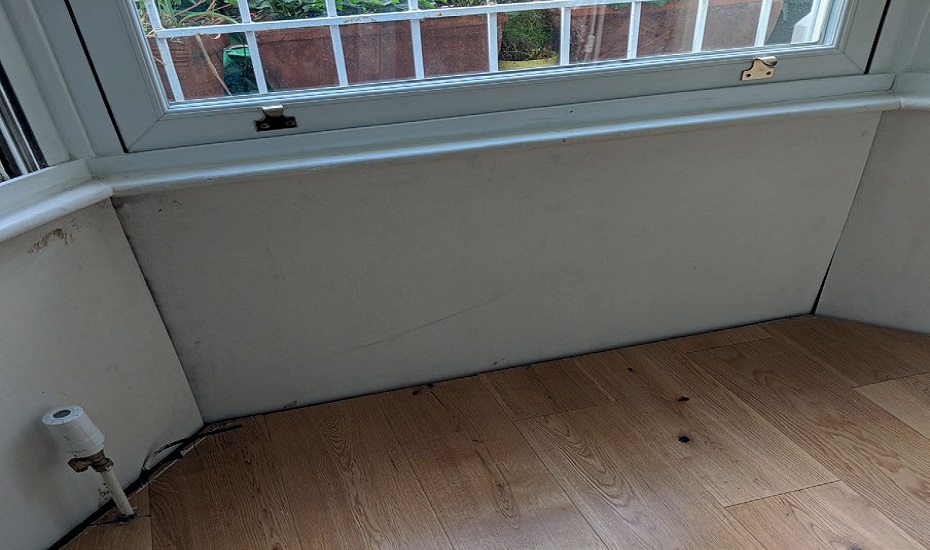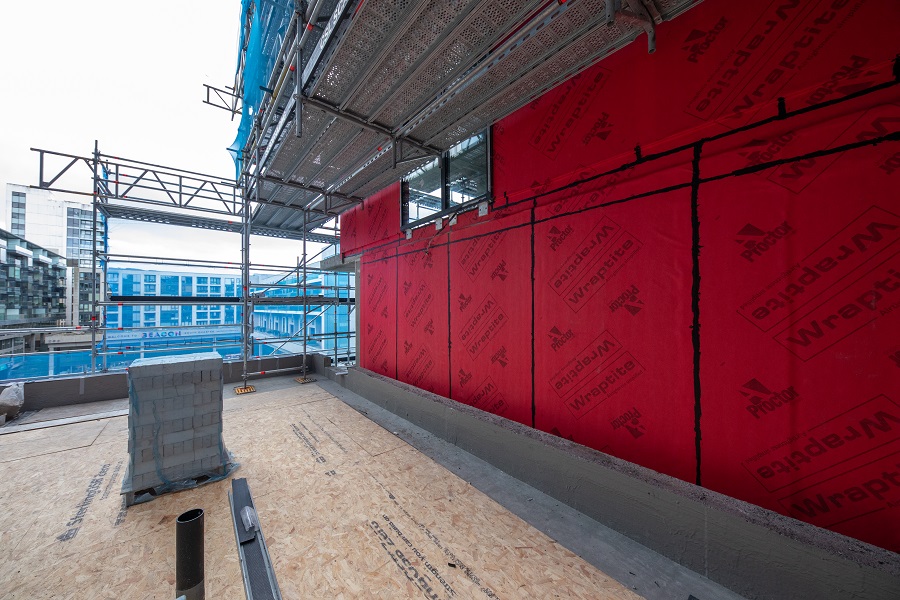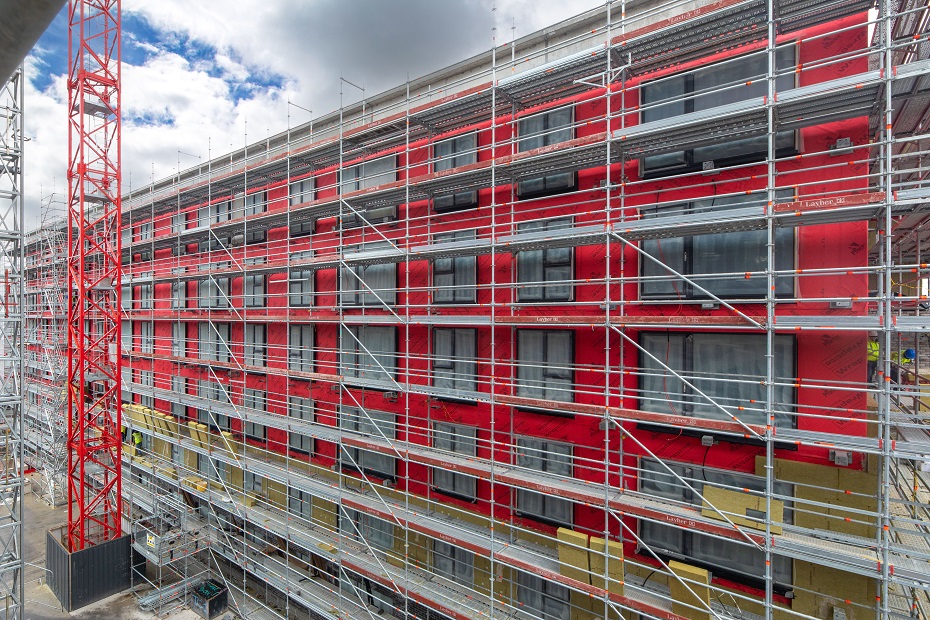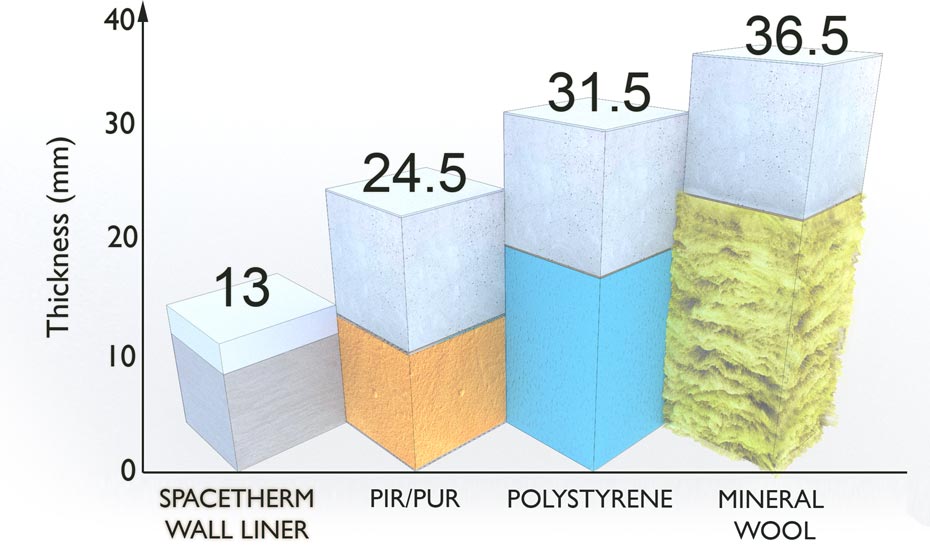So is it time for the government to look at the existing housing stock and how their efficiency can be improved? The same way as Part E and Section 5 recognise, instead of hammering the easy target of new build properties where the targets set provide the new minimum requirement to design down to as cheaply as possible rather than a worse case minimum.
As stated, Part E and section 5, acoustic regulation are considerate of the difficulties of trying to design existing buildings with its existing issues to the same as performance levels of new build built from scratch. With acoustics, even in refurbishment the acoustic measures will invariably be better than before but with thermal improvements there could be knock on effects such as structural damage due to hidden moisture issues from trying to improve the buildings energy performance. Therefore, a typical understanding of HAMM (Heat, Air and Moisture Movement) are critical to get the balance of improved energy efficiency with moisture issues.
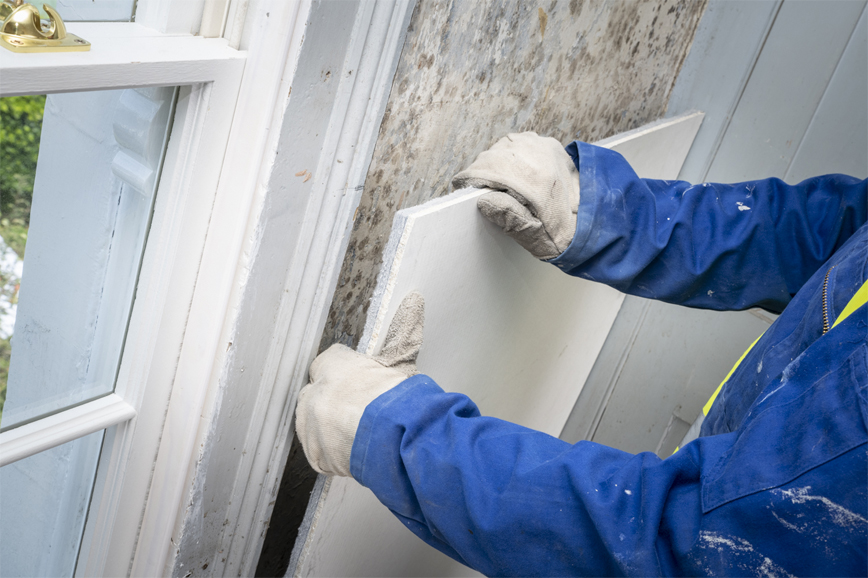
The government aim to reduce green house emissions by 80% by 2050 requires a change of emphasis which goes away from just new build to looking at existing housing stock. This would provide not just reduced emissions but potentially less burden on the NHS and lower living costs to heat homes. We must be considerate of what the placement of insulation would have in old homes, one issue being solid wall homes.
Solid walls have been a typical choice through the years for a country that lives in a climate where there is a lot of rain. These walls can be built thicker depending on their exposure to rain to reduce the amount of water penetrating the external wall. These walls were traditionally built of stone work in such a way that they also “breathed”, thereby drying the walls when the climate allowed which can be effective but not very efficient thermally.
Request a Sample
Technical Advice
CAD Detail Review
U-Value Calculation
Book a CPD
Specification Check

